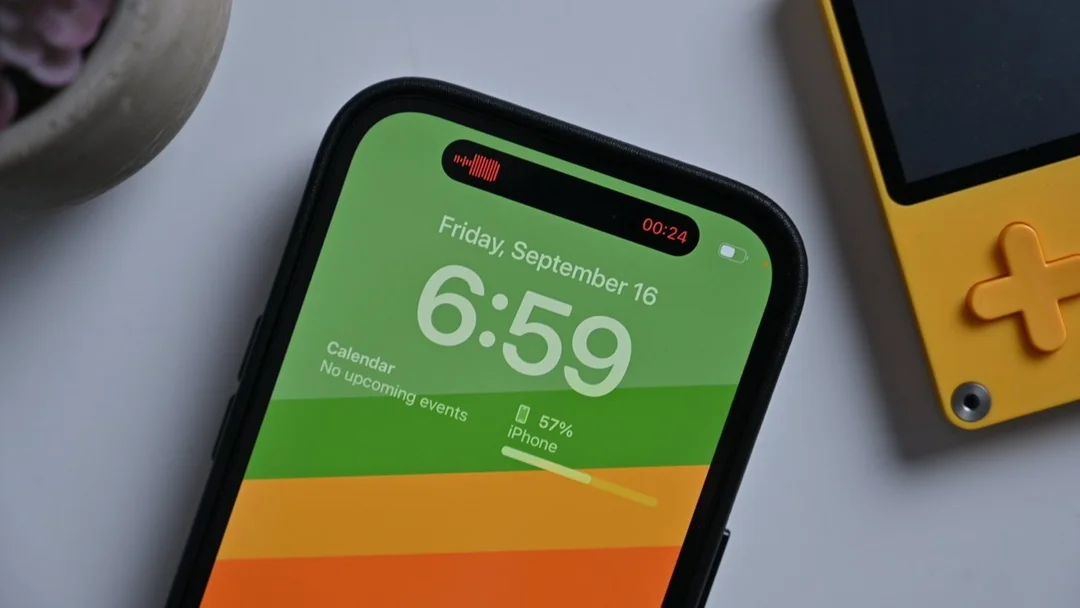
iPhone 17 Pro Display Disappointment: Anti-Reflective Coating Scrapped Due to Production Hurdles
The highly anticipated iPhone 17 Pro models won't be getting a key display upgrade that many were looking forward to: a super scratch-resistant, anti-reflective coating. According to sources speaking to MacRumors, Apple has reportedly canceled the feature due to challenges in scaling up the display coating process. This news dashes hopes for a screen that could rival the impressive anti-glare technology found in the Samsung Galaxy S series.
Last spring, whispers from Weibo leaker Instant Digital suggested Apple was developing an upgraded anti-reflective layer exceeding the scratch resistance of Ceramic Shield. However, updates remained scarce, signaling potential issues behind the scenes. The coating was intended for the higher-end iPhone 17 Pro and iPhone 17 Pro Max, marking the first iPhones with anti-reflective displays.

The primary obstacle appears to be the speed of application. The source claims the process was too slow to accommodate Apple's massive production demands, even with the coating only slated for the Pro models. Current iPhone models already feature a fingerprint-resistant oleophobic coating, but Apple hasn't heavily pursued anti-reflective technology in the past. For the Mac and iPad Pro, a nano-texture display option is available to minimize glare. It remains unclear whether Apple pivoted to nano-texture or another simpler coating, or if the anti-reflective coating has been scrapped entirely for the time being.
Currently, other competitors like Samsung are offering compelling anti-reflective solutions. The Samsung Galaxy S24 Ultra, for example, boasts a Gorilla Glass Armor display panel that can cut down reflections by up to 75 percent, enhancing contrast and color vibrancy in bright environments.

Despite this setback, there's still hope. If the manufacturing process can be refined, Apple could reintroduce the improved display properties in a future iPhone. As MacRumors noted, Apple may attempt to solve this issue in the coming months with the hope to see it arriving in the iPhone 18 family next year. This major change would likely give customers some much-needed encouragement to pick up the more expensive models.
The news leaves some questioning whether Apple can maintain its competitive edge in display technology. Photo by Chris Welch shows Samsung’s Galaxy S25 smartphone lineup and the superior anti-glare on the display. Will Apple find a workaround, or will Samsung retain its anti-glare advantage?
What are your thoughts? Will this affect your decision to upgrade to the iPhone 17 Pro? Share your opinions in the comments below!